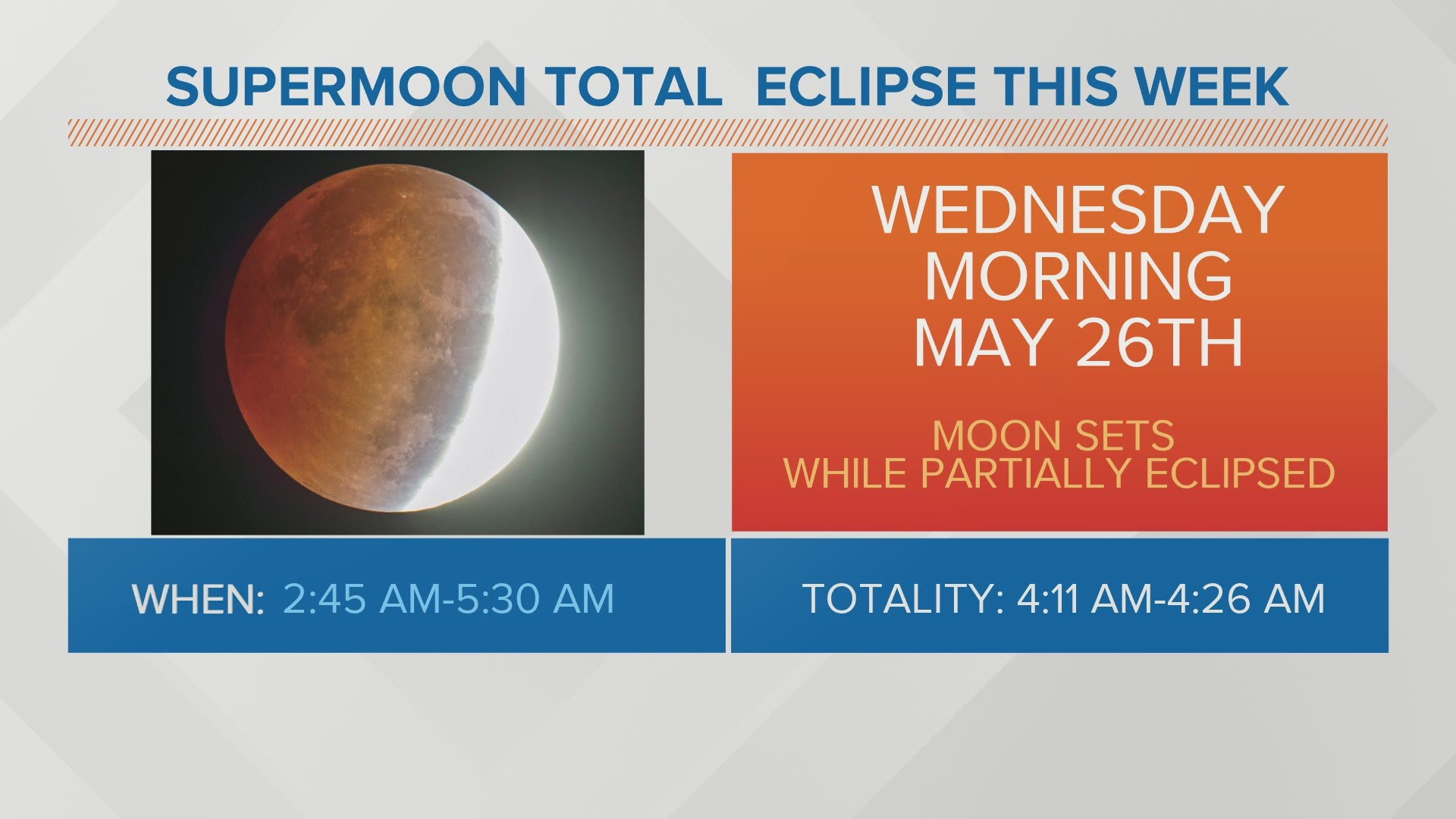#moon #eclipse
It has been more than 2 yrs since the last total lunar eclipse but on Wednesday comes the “super flower blood moon.”
This total lunar eclipse will happen in the early morning of 26 May for viewers in western North America and far southern South America, as well as for people watching from the Hawaiian Islands. Observers in Australia, New Zealand, and parts of Southeast Asia should look for it on the evening of the 26th.
A lunar eclipse happens when Earth passes between the sun and the moon, with our planet’s shadow darkening the lunar disk. Rather than going completely dark, the eclipsed portion of the moon can turn interesting colors due to the way light scatters in our atmosphere, often culminating in a deep blood-red hue. That’s why total lunar eclipses are sometimes called blood moons.
This eclipse coincides with the yr’s biggest and brightest full moon.
During the event, the moon will be near apogee, the closest point to Earth in its egg-shaped orbit. It will appear only a bit larger in the sky than average, but that still earns it the popular nickname “supermoon.”
The May full moon is also commonly called the flower moon, because of a traditional association with flowers blooming at this time of year in North America.
Unlike a solar eclipse, lunar eclipses are completely safe to view without special filters. You can observe it with binoculars, a telescope, a telephoto lens, or soak up the celestial show with just your eyes.
For viewers in North America, the partial phase of the eclipse will begin at 2:45 a.m. Pacific Daylight Time, with totality beginning at 4:11 a.m. PDT. Totality will come to an end as the moon begins to emerge from Earth’s shadow at 4:26 a.m. PDT. You’ll need an unobstructed view to the southwest, as the moon will be low in the sky. For observers in Los Angeles, for example, the moon will stand about 10 degrees above the horizon as totality ends, and it will set about an hour and a half later, while still partially eclipsed.
During totality, take a few minutes to study the sky. With the light of the full moon dimmed, more stars and constellations may come into view, especially if you’re viewing far away from city lights.
Have a healthy day, Keep the Faith!









